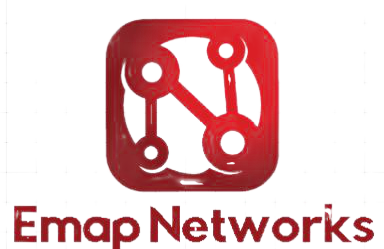High humidity levels can help mold and mildew to grow in storage and working facilities, warehouses, hotels, and other places. These fungi are found in damp areas and the effect they pose can penetrate deep down in the magnitude of the building and the occupants. Ceiling dehumidifiers are said to be one of the best solutions to humidity and therefore the eradication of mold and mildew. These units offer several benefits in maintaining the quality of air inside the building, safeguarding the structure and persons within it, and for the well-being of the employees and guests. The purpose of this paper is to assess the efficiency of dehumidifier ceiling in the elimination of mold and mildew in commercial buildings.
Mold and mildew growth: an overview
Mold and mildew are a kind of fungus that can grow only under certain conditions. This type of rot is favored by fungi and anything above 60% relative humidity is ideal for the growth of these fungi. The parts of the commercial structures that are most susceptible to mold and mildew formation include washrooms, kitchens, subterranean floors, storage areas or any area afflicted by high levels of humidity or water seepage, and HVAC systems. If allowed to grow for a long period, mold weakens the structure of a building and this will call for some repair work. All spores are dispersed through air and thus can spread around the building hence affecting the health of people using the building. Mold and mildew lead to breathing difficulties, worsen allergies, and in the worst-case scenario may have serious health effects on immunocompromised individuals. Regarding this, they argue that moisture control is extremely important to avoid the growth of fungus.
How Ceiling Dehumidifiers Work
Ceiling dehumidifiers are particularly designed for the management of humidity levels in the air since they eliminate water vapor. These units are mounted on the ceiling and are most appropriate for commercial use where there is limited floor space or where the unit has to be hidden. A dehumidifier works by sucking air from the device, then chilling it until the water in the air condenses on the cooling walls, and then releasing the dry air into the atmosphere.
Benefits of Ceiling Dehumidifiers in Commercial Buildings
Mold and Mildew Control
The main application of ceiling dehumidifiers is to lower the humidity level in a building to a level that will not encourage mold and mildew. Ceiling dehumidifiers are appropriate in commercial structures where humidity is high because of high water consumption, presence of leakage roof, or poor air circulation.
Energy Efficiency
Modern ceiling dehumidifiers are energy efficient. The majority of them employ variable-speed motors, as well as an efficient compressor that in accordance with existing humidity levels regulates the energy consumption. Therefore, they can run their operations optimally with low energy use, which is a key factor that organizations seeking to cut their expenses consider.
Maintenance of Property and Equipment
High humidity also affects property and equipment in commercial buildings that require regular maintenance of property and equipment. Furniture, doors, walls, and floors made of wood, and equipment like electronics, and machinery are the most affected by water damage. Ceiling dehumidifiers play a role in ensuring the right humidity levels are maintained to extend the durability of the structure and the costly properties inside it.
Installation and Maintenance Factors
There are certain things to look into when fixing the ceiling dehumidifiers in commercial buildings. Location is important in determining whether the unit will be efficient or not. Ceiling-mounted units should be installed in areas that have high humidity and where there is good air movement. Also, the unit should be fitted by experienced persons to conform to safety measures as well as to run optimally. They also require frequent maintenance to ensure that the dehumidifier produces results optimally. This encompasses cleaning the filters, proper assessment and correction of the drainage system as well and authenticating the correctness of the humidity sensors. Preventive maintenance can eliminate problems like blockage or mechanical breakdown, and guarantee the constant functioning of the unit without breakdowns.
Conclusion
Ceiling dehumidifiers are very important when it comes to the formation of mold and mildew in commercial structures. These units also have the extra function of preventing the building and its contents and enhancing the well-being of the people in the building through proper control of indoor humidity. In addition to offices, hotels, warehouses, and hospitals, ceiling dehumidifiers are a practical and efficient way to provide a mold-free business environment. Ceiling-mounted dehumidifiers are one of the most beneficial equipment when it comes to moisture control and prevention of mold and mildew because they do not take much space, consume little energy, and maintain the required level of moisture consistently.





